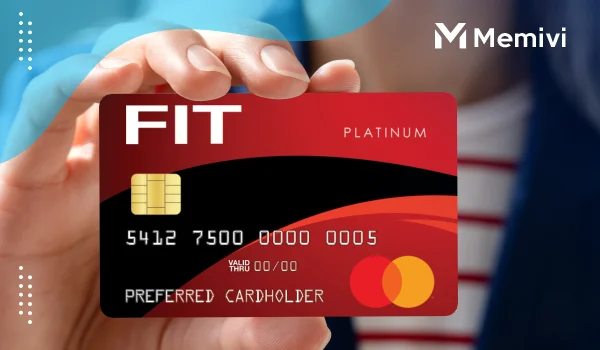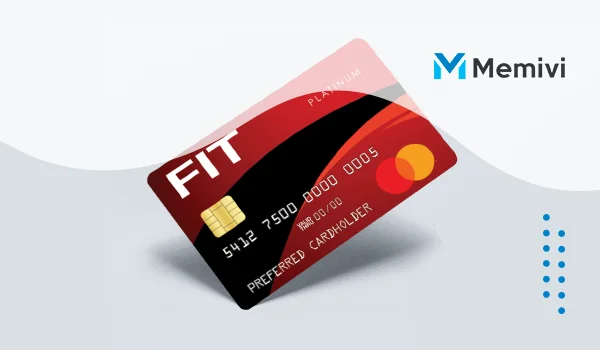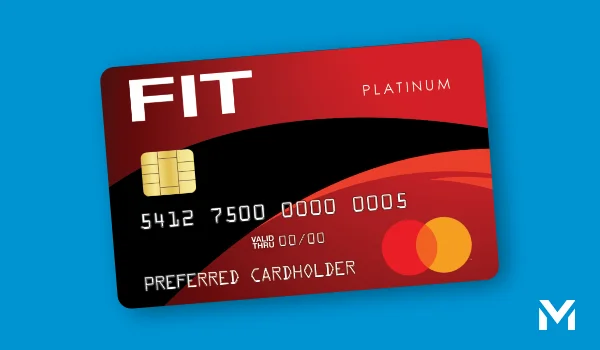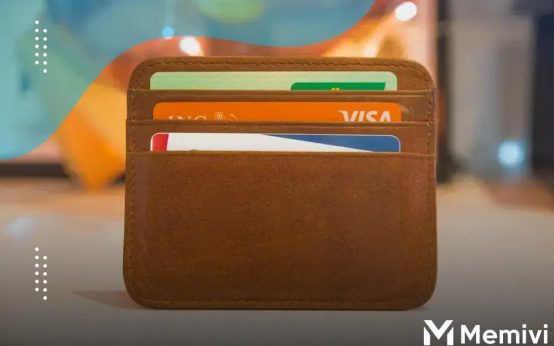
Getting Started: What to Do in Your First 30 Days
Once approved for the FIT Mastercard, the first 30 days are critical. Here’s a practical roadmap to follow:
- Activate your card and download the mobile app.
Use it to check your balance, set up alerts, and schedule payments. - Make one small purchase each week.
This could be gas, a utility bill, or a recurring subscription. - Pay the full balance before the due date.
Never carry a balance early on — your goal is to show consistent, responsible usage. - Keep your utilization under 30%.
With a $400 limit, try to stay below $120 at any given time. - Avoid cash advances.
They come with high fees and don’t help your credit score. - Mark your calendar for six months out.
That’s when you may be eligible for a limit increase — which lowers your utilization and boosts your score.
Smart FAQ: What People Don’t Usually Ask (But Should)
1. Can I prequalify without a hard credit pull?
No, the application process for the FIT Mastercard includes a hard inquiry, which may slightly affect your credit score.
2. What happens if I miss a payment?
Late payments can trigger a fee and will be reported to credit bureaus — potentially lowering your score. It’s best to set up autopay or calendar reminders.
3. Can I request a lower annual fee?
Yes — some users have successfully negotiated reduced or waived fees after a year of on-time payments. It’s not guaranteed but worth asking.
4. Will this card help me build credit faster than a secured card?
Not necessarily faster, but with no deposit required, it makes building credit more accessible. The speed depends on how responsibly you use it.
5. Is there a mobile wallet option?
Yes, you can add the card to Apple Pay or Google Pay for convenient and secure purchases.
6. Does the issuer offer credit education tools?
The FIT website offers limited resources, but you can supplement with third-party apps like Credit Karma or Experian Boost.
7. Can I get a second FIT card?
No — the issuer generally limits applicants to one card in their portfolio.
8. Will closing this card hurt my score later?
Yes, potentially. Closing a card reduces your total available credit and may shorten your average account age.
9. Can I use the card for online subscriptions?
Yes, and it’s a great way to automate credit-building. Just be sure to keep balances low and pay on time.
10. What’s the best time to request a credit limit increase?
After six months of perfect payments and keeping your balance under 30% of your limit.
Little-Known Credit Hacks for FIT Cardholders

1. Use the 15% Rule: Instead of using up to 30% of your limit, aim for 15% — that keeps your score climbing faster.
2. Make two payments a month: Pay mid-cycle and again before the due date to keep your utilization lower when the balance is reported.
3. Avoid setting the card aside: A zero-activity card doesn’t help. Use it monthly, even for $5, to keep it active.
4. Pay one day before the statement closes: This ensures your balance is low when reported, boosting your score without sacrificing convenience.
5. Apply for Experian Boost: It adds utility and streaming payments to your credit report — helpful if you’re new to credit.
6. Stack with a secured loan: Pair the FIT card with a small credit-builder loan for a two-pronged approach to improving your profile.
How to Maximise Value with the FIT Mastercard
While this card doesn’t offer cashback or travel rewards, it delivers value in progress. Here’s how to get the most out of it:
- Set up autopay and alerts. Never miss a payment, and stay in control of spending.
- Use for fixed expenses. Apply it to recurring bills like your phone or internet plan — predictable, easy to manage, and helpful for credit history.
- Track your score monthly. Use apps like CreditWise or WalletHub to monitor your credit without hurting your score.
- Re-evaluate after 9–12 months. If your credit score improves, consider applying for a lower-fee unsecured card or a rewards-based product.
Alternatives and Complementary Solutions
If the FIT Mastercard doesn’t meet all your needs, here are a few alternatives — or additions — that can complement your strategy:
- Chime Credit Builder Card: No interest, no credit check, and easy integration with direct deposit.
- Discover It Secured: Requires a deposit, but offers 2% cashback and possible graduation to an unsecured card.
- Capital One Platinum: Another unsecured option for poor credit — no rewards, but no annual fee either.
Combining a credit card and a credit builder loan can accelerate your credit score improvement by adding multiple positive tradelines to your report.
Final Thoughts: Is the FIT Mastercard Worth It?
If you’re starting from scratch or trying to bounce back from a financial setback, the FIT Mastercard offers access, structure, and opportunity. It’s not flashy, and it’s not cheap — the annual fee and potential maintenance costs are worth weighing. But if you use it strategically, the benefits outweigh the fees.
It’s a legitimate path to better credit, and for many people, that’s worth far more than any cashback program or lounge access.
Think of it as training wheels — a tool to steady your financial balance before moving to bigger, better cards.



 In-Depth Review: The Chase Sapphire Preferred Card <p class='sec-title' style='line-height: normal; font-weight: normal;font-size: 16px !important; text-align: left;margin-top: 8px;margin-bottom: 0px !important;'> Dive into an in-depth review that reveals everything you need to know about the subject </p>
In-Depth Review: The Chase Sapphire Preferred Card <p class='sec-title' style='line-height: normal; font-weight: normal;font-size: 16px !important; text-align: left;margin-top: 8px;margin-bottom: 0px !important;'> Dive into an in-depth review that reveals everything you need to know about the subject </p>  Pay It Off Fast: Your Guide to Crushing Credit Card Debt <p class='sec-title' style='line-height: normal; font-weight: normal;font-size: 16px !important; text-align: left;margin-top: 8px;margin-bottom: 0px !important;'> Pay It Off Fast is a powerful strategy that many overlook on their journey to financial freedom </p>
Pay It Off Fast: Your Guide to Crushing Credit Card Debt <p class='sec-title' style='line-height: normal; font-weight: normal;font-size: 16px !important; text-align: left;margin-top: 8px;margin-bottom: 0px !important;'> Pay It Off Fast is a powerful strategy that many overlook on their journey to financial freedom </p>  Don’t Get Scammed: 5 Red Flags of Credit Card and Banking Fraud <p class='sec-title' style='line-height: normal; font-weight: normal;font-size: 16px !important; text-align: left;margin-top: 8px;margin-bottom: 0px !important;'> It's important to protect yourself from scams in today's digital world </p>
Don’t Get Scammed: 5 Red Flags of Credit Card and Banking Fraud <p class='sec-title' style='line-height: normal; font-weight: normal;font-size: 16px !important; text-align: left;margin-top: 8px;margin-bottom: 0px !important;'> It's important to protect yourself from scams in today's digital world </p>